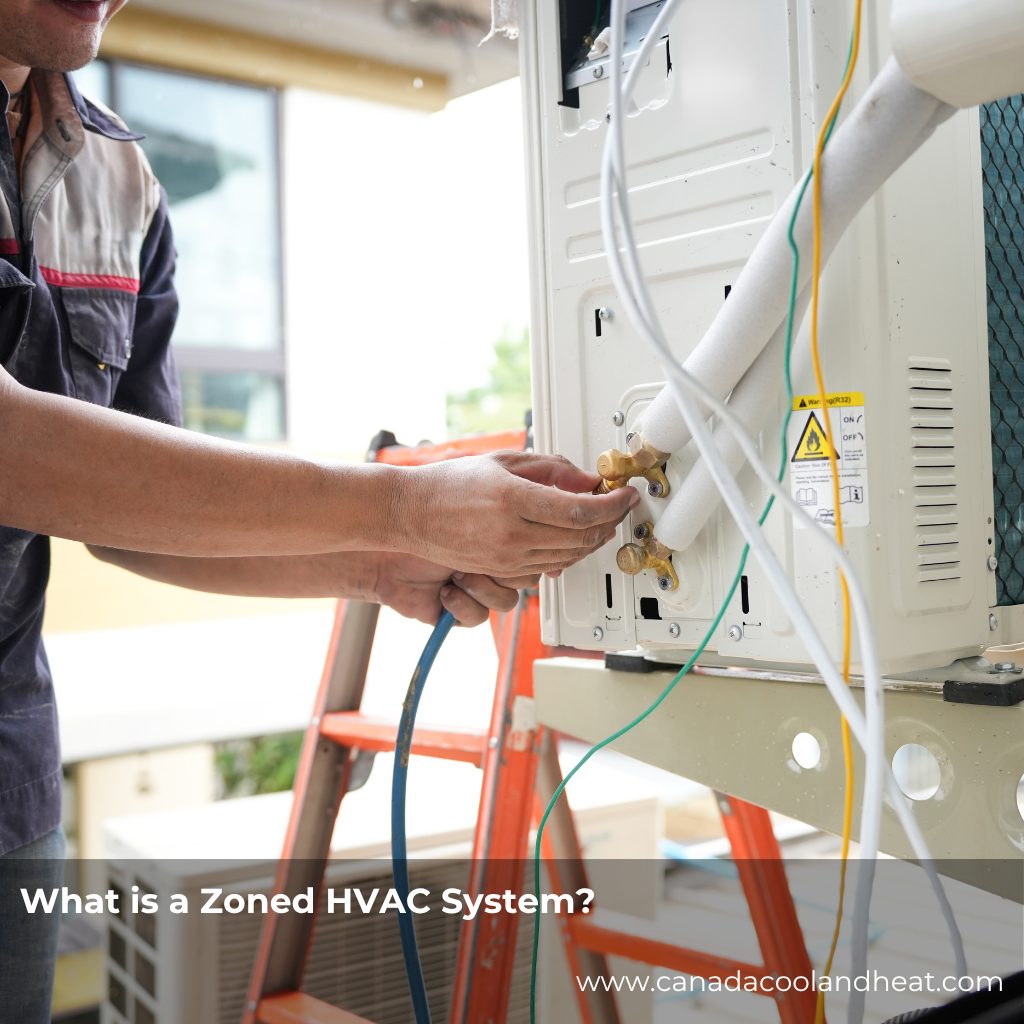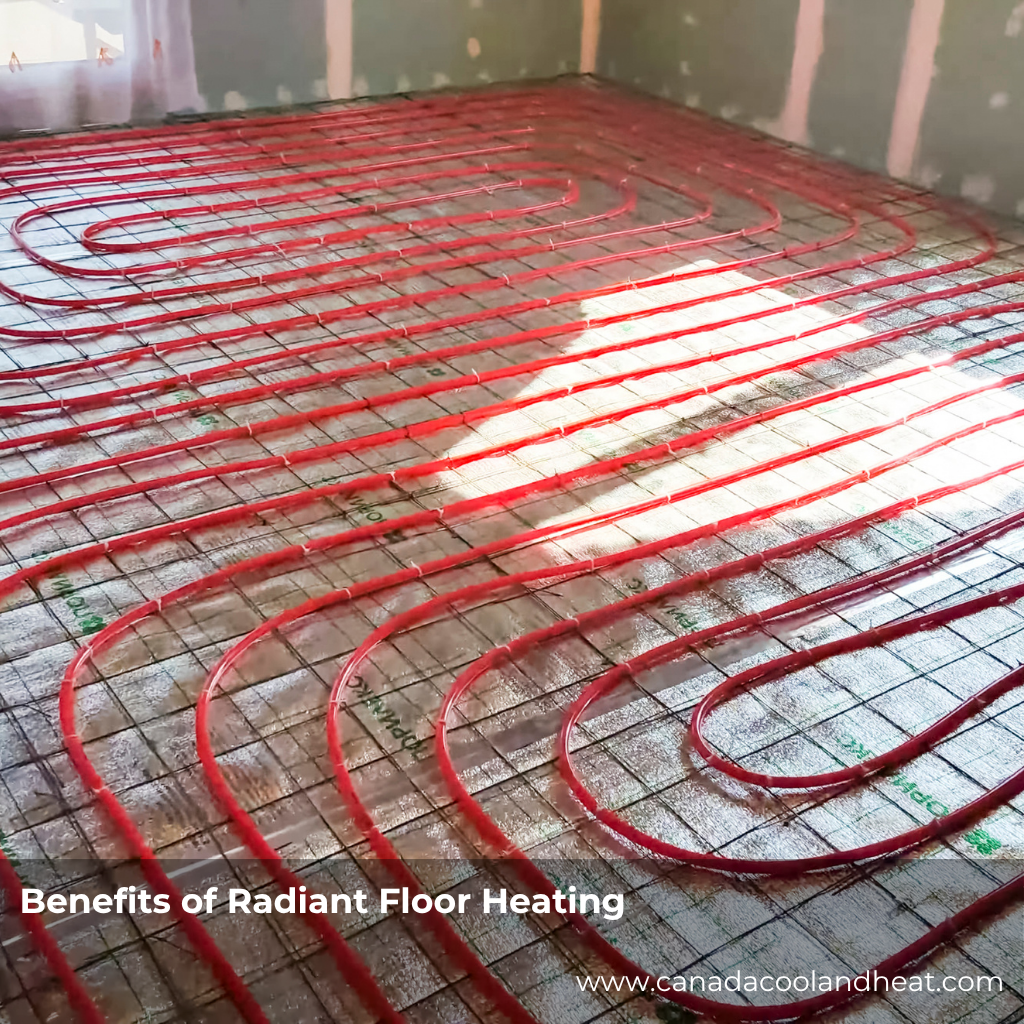The Story Behind Proper Kitchen Ventilation
Imagine two kitchens.
In one, the cook opens a window and flips on a small vent fan while boiling pasta and searing steak. In the other, a powerful vent hood hums quietly, pulling smoke and steam up through sleek ductwork.
Both cooks want the same thing—fresh, breathable air—but the results couldn’t be more different.
Proper ventilation isn’t just about removing smoke or odors; it’s about maintaining a healthy balance between what’s taken out and what’s brought in. Without that balance, your HVAC system works overtime, the air pressure in your home or restaurant becomes uneven, and indoor comfort takes a hit.
How Vent Hoods Influence HVAC Balance
When you switch on a vent hood, you’re essentially creating negative air pressure in the kitchen. The hood pulls air out, but where does the replacement air come from?
If the HVAC system or makeup air supply isn’t designed for that flow, you can end up with several problems:
-
Backdrafting: Exhaust fans may pull combustion gases back into the living space from furnaces, water heaters, or fireplaces.
-
Temperature Fluctuations: The HVAC system might struggle to maintain stable temperatures because air is being pulled out faster than it’s replaced.
-
Energy Loss: Conditioned air—heated or cooled—is exhausted outside, making the HVAC work harder.
-
Poor Air Quality: Without proper make-up air, pollutants linger and humidity levels rise.
For homes, these issues might mean discomfort and higher bills. In commercial kitchens, they can lead to code violations or even unsafe working environments.
Sizing the Vent Hood Correctly
Getting the vent hood size right is crucial for both air quality and HVAC performance. Here’s a breakdown:
Residential Kitchens
-
Standard Range: A vent hood should move between 100–150 CFM (cubic feet per minute) per linear foot of cooking surface for gas ranges.
-
Electric Ranges: Typically need around 100 CFM per linear foot.
-
Duct Size: Keep ducts as short and straight as possible—long or curved ducts reduce efficiency.
Commercial Kitchens
-
Heavy-Duty Cooking: Think fryers, grills, or woks—these require up to 300–600 CFM per linear foot.
-
Make-Up Air Systems: Commercial kitchens almost always need a dedicated make-up air unit to replace the air vented out. This keeps HVAC systems balanced and ensures proper combustion.
-
Codes & Compliance: Local mechanical codes (like IMC or ASHRAE standards) dictate minimum flow rates, hood types, and installation heights.
Pro Tip: Bigger isn’t always better. Oversizing the hood or fan wastes energy and can create too much negative pressure.
Designing for Comfort and Efficiency
To ensure your vent hood and HVAC systems work together, follow these design principles:
-
Plan Early: Coordinate HVAC and kitchen hood systems during the design phase of new construction or renovation.
-
Use Zoned HVAC Systems: These divide your space into zones with independent controls, preventing the kitchen from affecting the rest of the building’s comfort levels.
-
Add a Make-Up Air Supply: This system introduces fresh, conditioned air to replace exhausted air—essential for maintaining pressure balance.
-
Control Airflow with Dampers: Use motorized dampers to regulate the flow between the hood, HVAC ducts, and return air.
-
Monitor with Sensors: Smart thermostats and pressure sensors can help maintain a consistent environment automatically.
Why Zoning Makes a Difference
A zoned HVAC system can be a game changer in kitchens. By assigning separate thermostats or control dampers to different areas—like the kitchen, dining area, and prep zones—you can keep temperatures steady and energy use in check.
For example, during dinner rush in a restaurant, the kitchen’s zone might need more cooling while the dining room stays cozy. In a home, you can prevent the kitchen from overheating the rest of the house.
Zoning ensures each area gets exactly the air it needs—nothing more, nothing less.
Common Vent Hood–HVAC Mistakes
Even well-intentioned setups can go wrong. Here are some pitfalls to avoid:
-
Installing a powerful hood without makeup air.
-
Running hood ducts too long or with multiple sharp turns.
-
Using undersized ductwork or filters that restrict airflow.
-
Ignoring professional balancing and commissioning.
A professional HVAC technician can test the pressure balance and adjust fan speeds or damper positions to fine-tune performance.
Conclusion: Keep the Air (and Comfort) Flowing
Whether you’re cooking for a family of four or a crowd of forty, your kitchen’s air balance matters. A well-designed vent hood HVAC system keeps you comfortable, saves energy, and ensures a safe, breathable space.
So next time you hear that gentle hum above the stove, remember—it’s more than just a fan. It’s part of a carefully tuned ecosystem keeping your kitchen running smoothly.
Ready to upgrade or optimize your kitchen ventilation? Talk to an HVAC professional about balancing your vent hood and HVAC systems for comfort that feels as good as it smells.
FAQs
1. What is the ideal CFM for a kitchen vent hood?
It depends on your range type—gas ranges need about 100–150 CFM per linear foot, while electric ranges need closer to 100 CFM.
2. Why is make-up air important?
Make-up air replaces exhausted air, preventing negative pressure that can cause backdrafting or poor HVAC performance.
3. Can my vent hood affect my home’s heating or cooling?
Yes. Strong vent hoods can pull conditioned air outside, forcing your HVAC to work harder and increasing energy use.
4. What happens if the vent hood is oversized?
Oversized systems can waste energy, create uncomfortable drafts, and lead to pressure imbalances in your home.
5. How do I know if my system needs zoning?
If your kitchen temperature often differs from other rooms or you notice fluctuating comfort levels, a zoned HVAC system can help.
6. Are there building codes for vent hood airflow?
Yes. Commercial kitchens must meet local and national codes, while residential systems should follow manufacturer guidelines and ASHRAE standards.
7. Can I use a ductless range hood?
Ductless hoods are suitable for light cooking but don’t remove moisture or heat as effectively as vented models.
8. How often should vent hood filters be cleaned?
For residential kitchens, every 1–3 months; for commercial use, often weekly or even daily depending on grease load.






